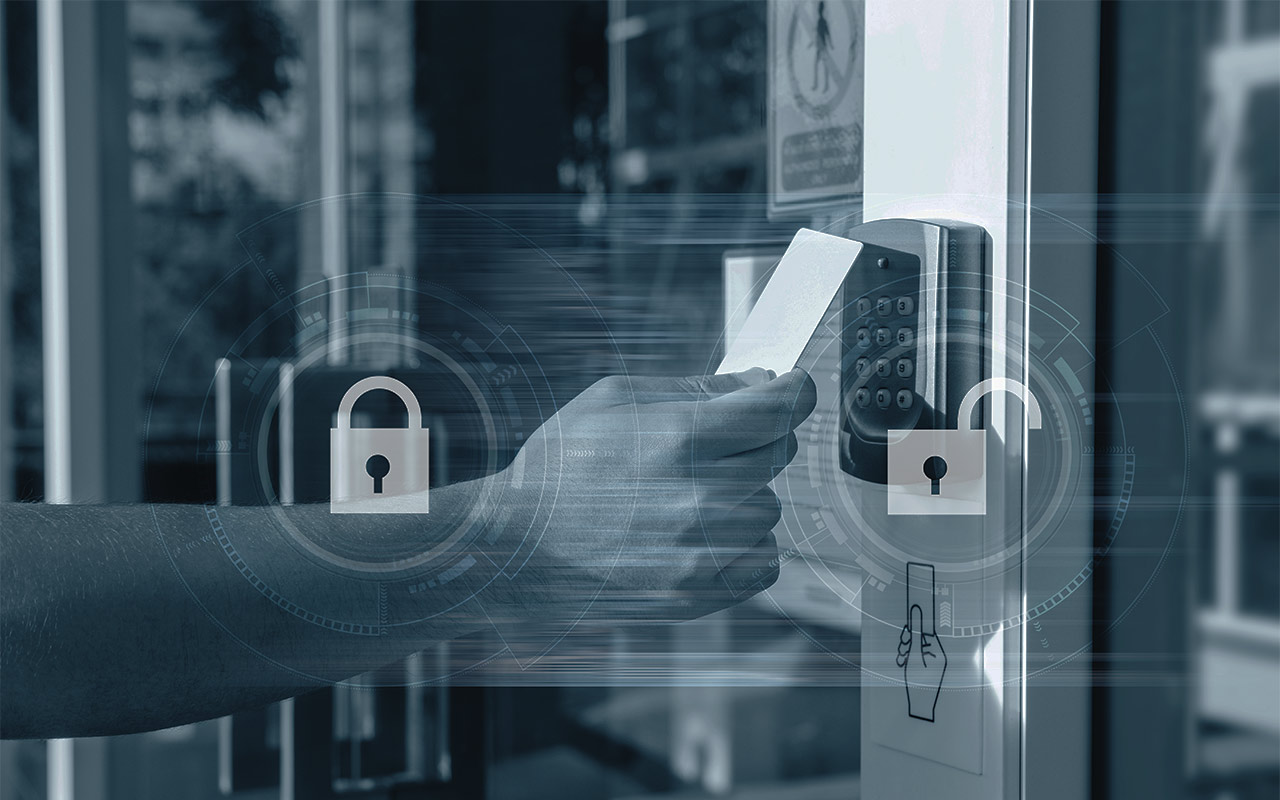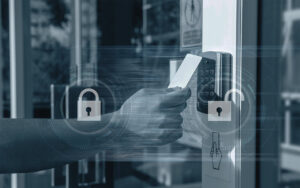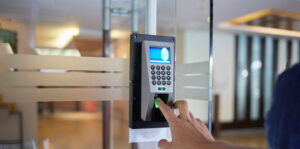
The increase in active shooting incidents and violence from intrusions raise nationwide concerns for businesses. The U.S. Department of Justice (DOJ) released its latest report for incidents involving active shooters, showing that the increase in casualties from such events in 2022 was higher than in the last four years.
A study by the University of North Carolina found that controlling door access can help reduce workplace violence by up to 90%.
The Security Industry Association also found that access control systems are commercial buildings’ most used security technology to reduce internal and external theft and vandalism effectively.
Access control systems for commercial use are security solutions designed to regulate and manage access to physical buildings or areas within facilities. They utilize various technologies and mechanisms to ensure that only authorized individuals are granted entry while preventing unauthorized access.
Access control systems typically consist of several components working together to control and monitor access. These components may include:
As more organizations bring people back into the office, keeping the workplace safe and protecting assets is top of mind for business leaders. In addition to enhancing security, access control systems also provide peace of mind and a sense of security in their workplace, increasing productivity.
Modern access control platforms also provide organizations with more control and flexibility over all internal traffic, provide audit trails and deep reporting, and have the ability to integrate with other security components of an integrated physical security system.
Read this quick guide for a detailed look at the benefits of access control systems. [insert a link to next blog- benefits of access control systems for SMBs)
Additionally, access control systems are just one component of a comprehensive security solution, and organizations should take a holistic approach to security to ensure that all areas are adequately addressed.
An integrated physical security strategy for commercial buildings involves combining multiple components to create a comprehensive and layered approach to security. Critical components typically included in an integrated physical security strategy for commercial buildings include:
PHDTech: Smarter Telecom & Security.
PHDTech provides cloud-based VoIP and Commercial Security Solutions that help businesses harness the full power of technology to scale profitably, efficiently, and securely. PHDTech’s innovative solutions include VoIP & Business Telecom, Business Video Surveillance, Visitor Management, Access Controls, and Structured Cabling.
Schedule your Complimentary Vulnerabilities Analysis today.

Top 10 factors driving the need for access control What business leaders say is behind their decision to implement a physical access control system. Access

An essential component of physical security, cloud-based access control systems have emerged as a preferred way to manage access to physical places for SMBs and organizations of all sizes needing to protect their people and property.

Can controlling door access reduce workplace violence and decrease theft and vandalism? A recent study cites a 90% reduction – find out what access control systems are, and how they can benefit your business.
© Copyright 2023 PHDTech. All Rights Reserved.